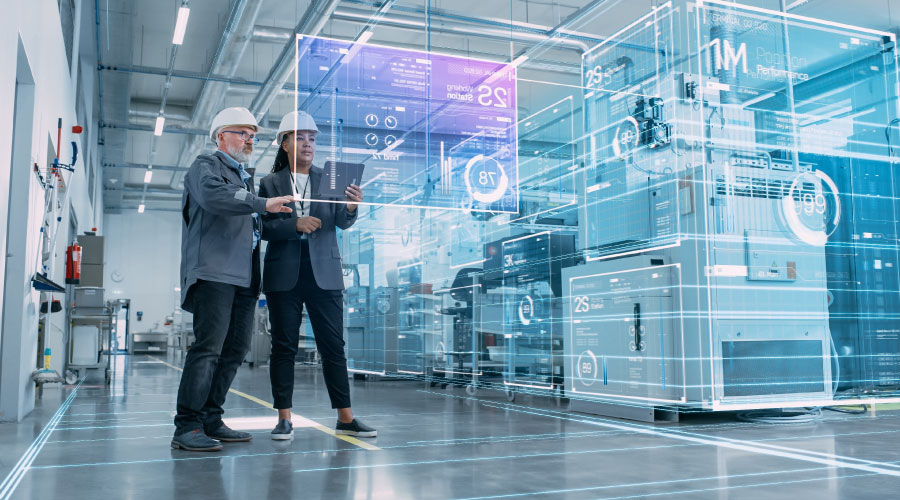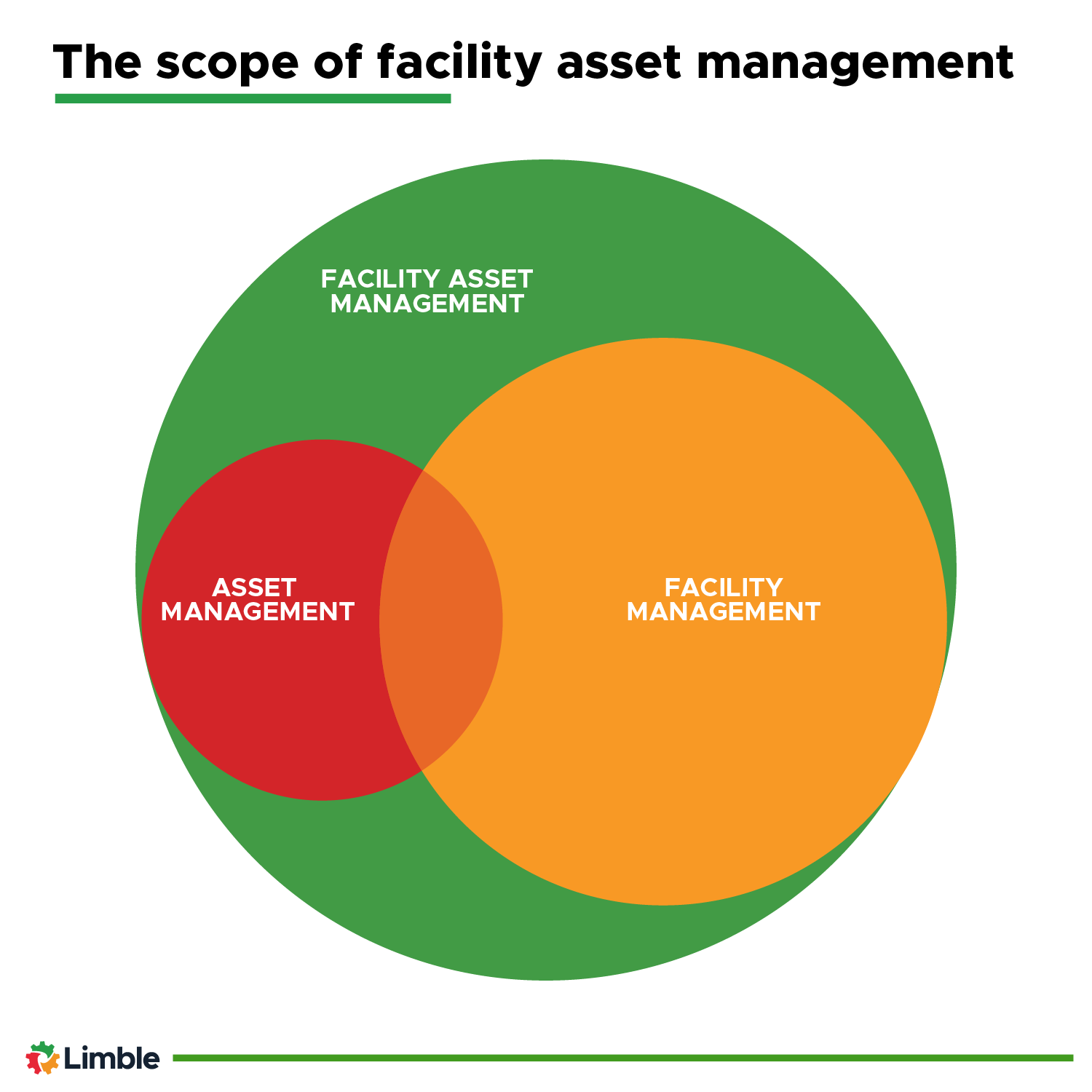Facility Management for Commercial Buildings-- A Total Review
Facility Management for Commercial Buildings-- A Total Review
Blog Article
The Crucial Guide to Facility Management: Methods for Success
Center monitoring plays a critical role in the general success of an organization, working as the backbone that supports security, effectiveness, and efficiency. By utilizing tactical strategies such as incorporated technical services and promoting cross-departmental partnership, organizations can significantly enhance their functional structures. Nevertheless, the nuances of effective center administration extend past plain logistics and need an extensive understanding of both measurable and qualitative metrics. As we explore these essential approaches, a closer assessment reveals how they can change not just centers, however the actual culture within a company itself. What might these improvements look like in technique?
Recognizing Facility Management
What makes up efficient center monitoring? Effective facility administration includes the control of numerous business features to ensure that built atmospheres are risk-free, effective, and helpful to performance. It incorporates the concepts of engineering, architecture, and business administration to produce a seamless operational flow within a company.
Crucial element of center management consist of area preparation, maintenance monitoring, and conformity with health and security laws. Room planning focuses on enhancing making use of physical sources to sustain business objectives, while upkeep monitoring ensures that facilities are kept in optimal condition, maximizing life expectancy and decreasing operational expenses. Compliance with legal and regulative standards is important, as it safeguards the organization against potential liabilities and enhances its reputation.
Furthermore, effective center monitoring counts on the critical use technology, such as Structure Monitoring Solution (BMS) and Computer-Aided Facility Management (CAFM) devices. These modern technologies assist in real-time tracking of building systems and simplify upkeep processes (Facility Management). Ultimately, a thorough strategy to facility management not just promotes operational performance however also cultivates a positive setting for site visitors and workers alike, driving overall business success

Key Techniques for Optimization
Enhancing center administration needs a calculated strategy that straightens functional experiment business goals. To accomplish this, the very first crucial method is the application of integrated technological solutions. Utilizing innovative software program systems enables real-time surveillance of facility operations, helping with data-driven decision-making and improving overall performance.
Second of all, routine assessments of center efficiency are vital. Carrying out routine examinations and audits makes it possible for facility managers to recognize areas that need renovation, making sure that resources are allocated properly. This positive method aids in lessening downtime and enhancing solution shipment.
An additional important technique is fostering partnership across divisions. By encouraging open interaction between groups, facility managers can much better align their approaches with service objectives, causing enhanced operational synergy. In addition, engaging personnel in training programs advertises a culture of liability and enhances their capability to add to optimization efforts.
Enhancing Safety And Security Protocols
Reinforcing safety procedures is crucial for producing a safe and secure environment within facilities. A thorough safety procedure not just protects site visitors and employees but likewise boosts functional efficiency. Facility Management. To accomplish this, center supervisors have to conduct regular danger evaluations to recognize possible hazards and guarantee that appropriate steps are in location

In addition, clear communication channels need to be established to report security problems promptly. This includes producing an accessible platform for workers to articulate potential risks or occurrences without anxiety of reprisal. Leveraging technology can enhance safety steps; for example, carrying out security systems and accessibility controls aids monitor facility tasks and limit unapproved access.
Last but not least, conformity with regional guidelines and market requirements is non-negotiable. Routine audits and evaluations of safety protocols ensure alignment with existing regulations and ideal methods. By prioritizing these techniques, facility supervisors can grow a culture of safety that shields all stakeholders and inevitably adds to the organization's success.
Improving Workplace Setting
A favorable workplace environment dramatically improves worker spirits and performance, making it an important focus for center administration. To create such a setting, facility managers must prioritize numerous crucial elements, consisting of functional designs, visual appeals, and staff member interaction.
Ergonomic considerations are vital to reduce visit the site physical strain and pain. This involves giving adjustable furnishings, proper lights, and adequate room for movement. These modifications can lead to minimized absenteeism and boosted work fulfillment.
Aesthetics play a crucial role in shaping the work environment atmosphere. Using shade psychology, all-natural lighting, and greenery can cultivate a welcoming and promoting environment. Thoughtfully created rooms can boost imagination and boost total well-being.
Furthermore, motivating staff member engagement through inclusive decision-making processes can improve the feeling of possession and belonging. Collecting responses on workplace improvements and including workers in the layout procedure can bring about a more tailored environment that meets their needs.
Finally, promoting wellness efforts, such as wellness programs and relaxation spaces, can better add to an encouraging office society. By concentrating on these methods, facility managers can effectively a knockout post improve the office setting, driving both worker fulfillment and organizational success.
Measuring Success in Facilities
Measuring success in center monitoring needs an extensive method that evaluates both qualitative and measurable metrics. Quantitative metrics generally include vital efficiency indicators (KPIs) such as room use rates, power usage, maintenance prices, and tenancy levels. These metrics give a clear photo of operational performance and monetary efficiency, enabling facility supervisors to identify locations for enhancement and standard against industry requirements.
Qualitative metrics, on the other hand, concentrate on user contentment and worker involvement. Surveys and responses systems can determine exactly how well the centers meet the demands of residents, aiding to assess the general workplace atmosphere. This facet is important, as a completely satisfied workforce is commonly connected to enhanced performance and retention Extra resources rates.
To successfully gauge success, facility managers must also think about incorporating modern technology, such as building administration systems and information analytics devices, to collect and examine pertinent information. Frequently assessing both collections of metrics enables a more balanced sight of efficiency and educates strategic decisions. Ultimately, a successful facility administration method depends upon a dedication to continual improvement, ensuring that both operational effectiveness and individual fulfillment are focused on.

Verdict
In verdict, effective facility administration is critical for enhancing organizational performance. Prioritizing security procedures and boosting office settings further contribute to enhanced worker fulfillment.
Center management plays an important duty in the total success of a company, serving as the backbone that supports security, efficiency, and effectiveness.Secret elements of facility monitoring consist of area planning, maintenance management, and conformity with health and wellness and security policies.Furthermore, effective center administration relies on the strategic usage of modern technology, such as Building Administration Equipment (BMS) and Computer-Aided Center Management (CAFM) devices. Inevitably, an extensive technique to center management not only advertises functional efficiency however likewise cultivates a positive environment for workers and site visitors alike, driving general organizational success.
Inevitably, an effective center monitoring technique pivots on a commitment to continual enhancement, ensuring that both functional efficiencies and customer fulfillment are focused on.
Report this page